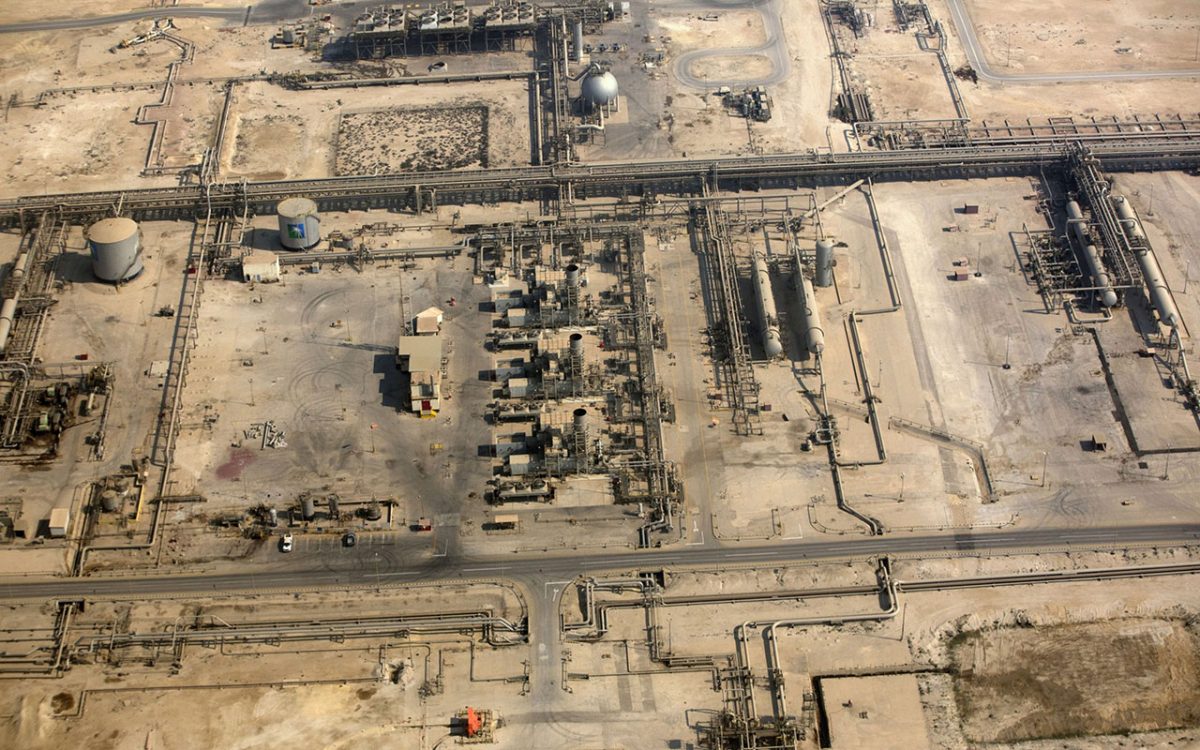The physical market for Middle Eastern crude started the month strongly, backed by expectations for robust Asian demand and the likelihood of less supply leaving the US and Europe due to the recovery in those regions.
Premiums for August-loading Oman oil surged against the region’s main pricing benchmark and timespreads for Dubai crude rallied. While Covid-19 continues to plague countries such as India, falling infection rates and an easing of lockdowns are setting up even the worst-hit Asian nation for a rebound.
More cars have returned to the roads in countries such as China and Japan, according to mobility data from Apple Inc. Traffic in 15 European cities was as busy as in 2019, while utilisation rates at US refineries climbed to the highest level in more than a year. Rapid vaccination rollouts across many developed economies are aiding sentiment on energy demand, supporting the price of some oil grades and making arbitrage flows to Asia less economic.
The front-month Oman contract on the Dubai Mercantile Exchange traded at about $2.15 a barrel over swaps for Dubai benchmark crude on Monday, according to Bloomberg calculations. That’s up sharply from an average of about $1.25 in the last week of May. The premium was most recently above $2 a barrel last July.
Oil traders are still waiting for the release of official selling prices from Middle Eastern producers such as Iraq, Abu Dhabi and Kuwait. Transactions for spot cargoes are expected to start after that for supplies loading in August, which take up to three weeks to reach Asian customers.
The oil demand recovery can withstand the impact of a resurgent virus in parts of Asia, UBS analyst Dominic Schnider said last week. The pullback has mostly been concentrated in India, while growth in consumption will come mainly from nations outside China where the rebound is already complete, he said.









